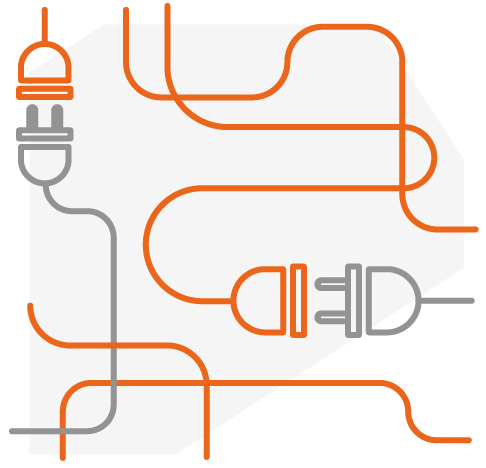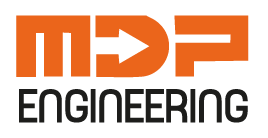Assembly Stations – Automatic
Semi-Automatic, and Manual
Optimizing assembly processes is a key element of every production line. We take an individual approach to analyzing current production processes, advising which elements are worth automating to increase efficiency.
Types of Assembly Stations
Automatic
Boost efficiency and precision, ideal for repetitive tasks.
These are fully automated systems where machines perform all tasks related to the production process—from assembly to quality control—with minimal human involvement.
Semi-Automatic
Combine the benefits of automation with human intervention where necessary.
Their main advantage is greater flexibility compared to fully automated systems.
Manual
Best suited for tasks requiring high flexibility or specialized expertise.
Manual assembly is also beneficial in early product development stages, where rapid prototyping and iterative design changes are crucial.
Factors Influencing the Choice of Assembly Station Type
Choosing between automatic, semi-automatic, and manual assembly stations depends on several key factors that manufacturers should carefully consider:
The most important factors include
- Production volume
- Product complexity
- Budget constraints
- Labor availability and cost
- Desired level of automation
- Required flexibility
- Quality control requirements
- Safety aspects
- Ergonomic considerations
What are the most common mistakes when implementing production lines?

Lack of Clear Strategy and Goals
Many companies begin automation without a precise plan, leading to unprofitable investments. If you’re unsure where to start, contact us.
Ignoring System Integration and Compatibility
Failing to integrate new systems with existing infrastructure can cause operational issues and data collection errors.
Lack of Flexibility and Scalability
Investing in rigid systems can hinder adaptation to changing market needs. Modular and scalable solutions are essential.
Production Planning Errors
Poor estimation of lead times, lack of inventory management strategy, and imprecise resource planning can lead to delays and inefficiencies.
Lack of Communication and Training
Insufficient communication with employees and lack of proper training can result in incorrect use of new systems and solutions.
Decision-Making Table for Assembly Line Design
We have prepared a table that will make it easier to choose the appropriate position. We encourage you to contact us for consultation.
| Factor | Automatic | Semi-Automatic | Manual |
|---|---|---|---|
| Production Volume | High, mass production | Medium to high | Low, prototyping, custom production |
| Product Complexity | Simple, repetitive operations | Moderately complex, some operations require human intervention. | Highly complex, requiring dexterity |
| Budget | High initial investment | Medium investment | Low initial investment |
| Labor Availability & Cost | High initial investment | Medium investment | Low initial investment |
| Automation Level | Full automation | Partial automation | No automation |
| Flexibility | Low | medium | High |
| Quality Control | High repeatability and precision | Built-in systems + human checks | Operator-dependent, detailed visual |
| Safety | High for hazardous tasks | Medium, depends on interaction | Lower for repetitive/hazardous tasks |
| Ergonomics | Eliminates ergonomic risks | Improves ergonomics selectively | High risk if poorly designed |
